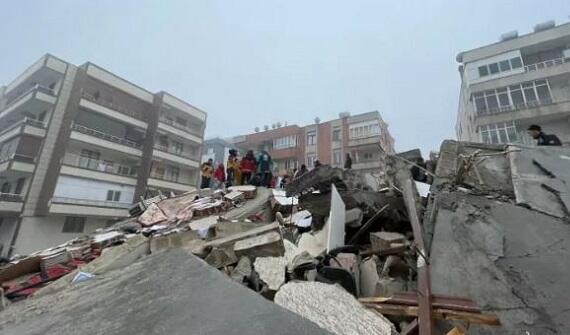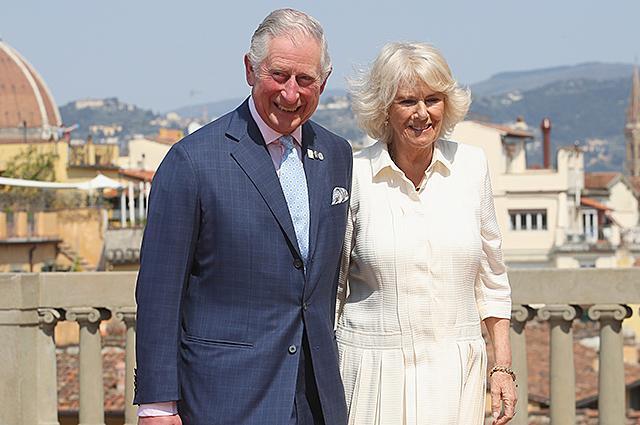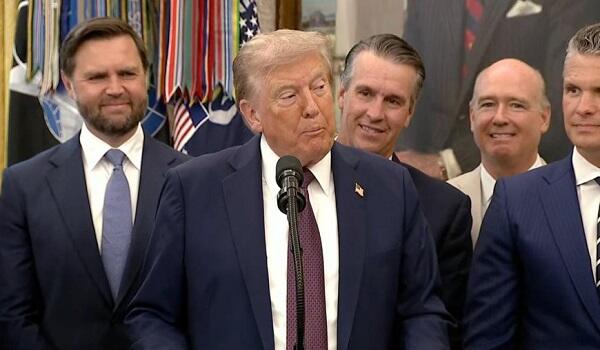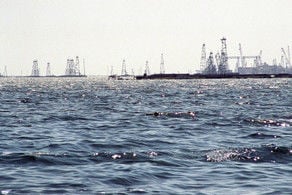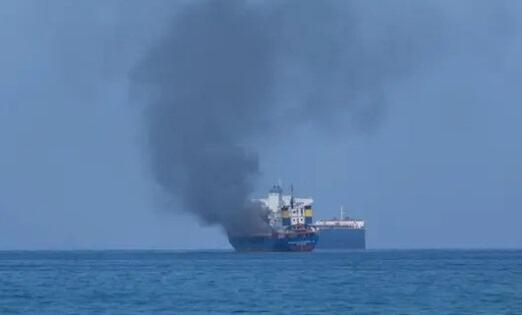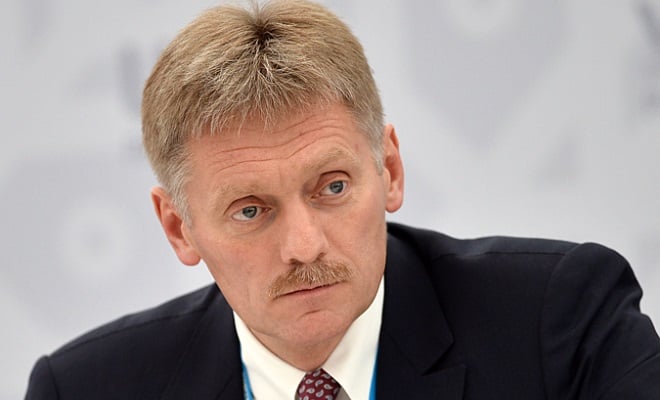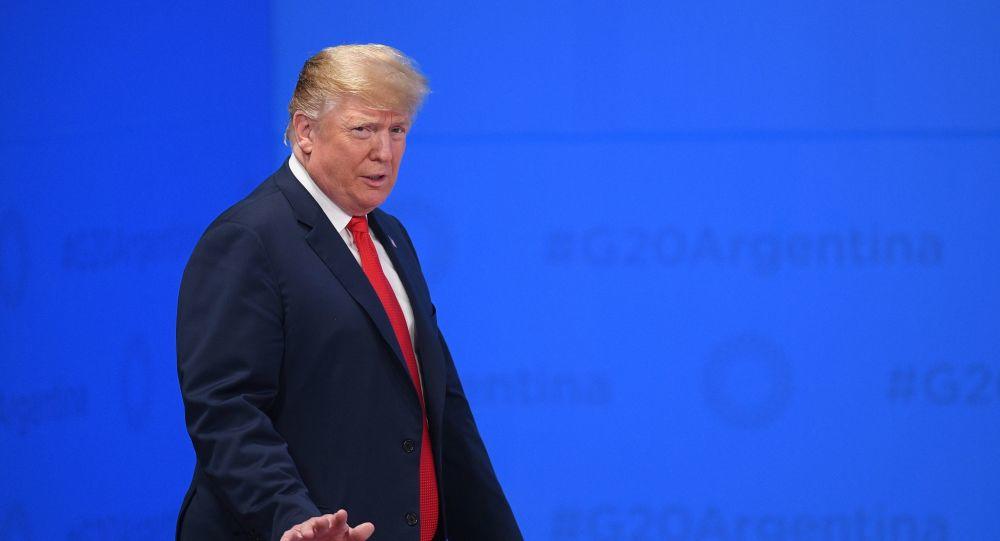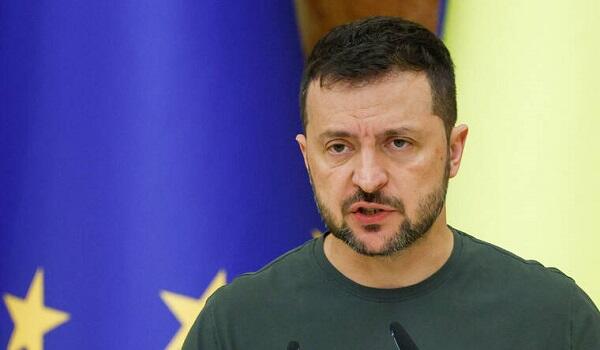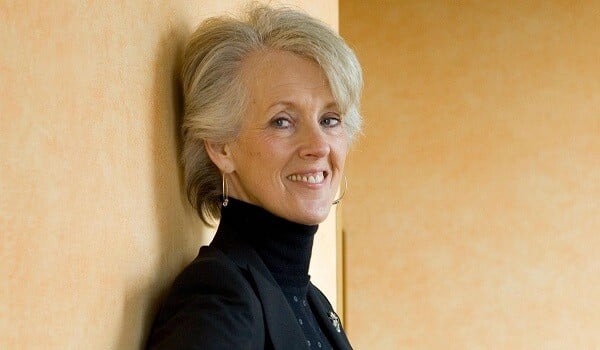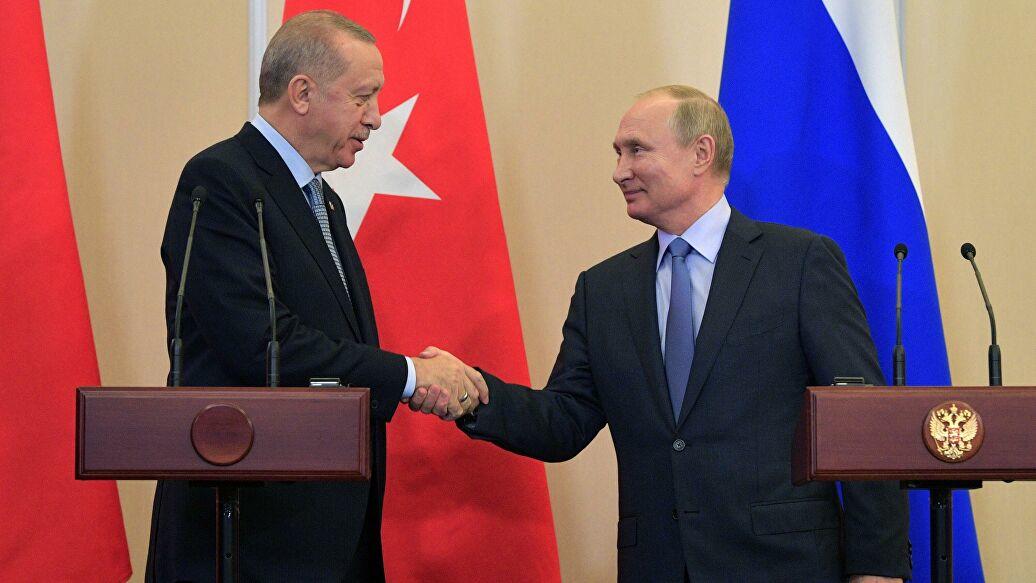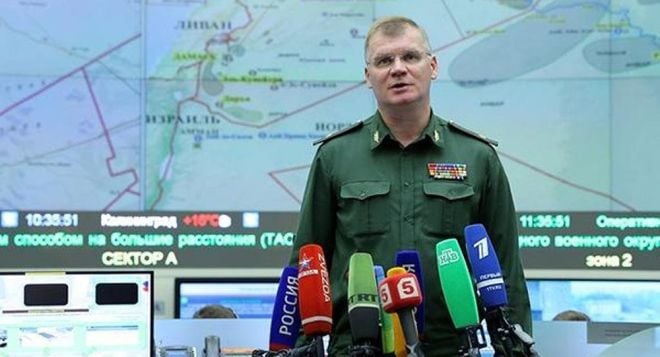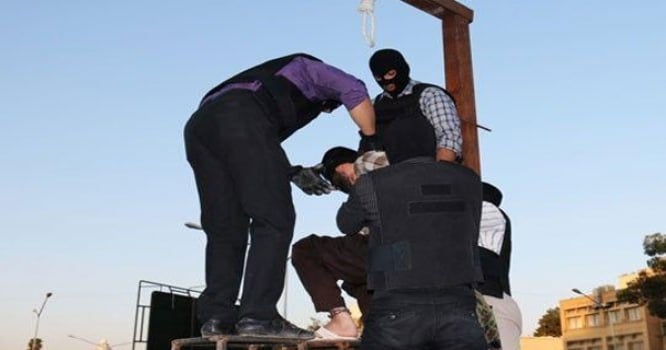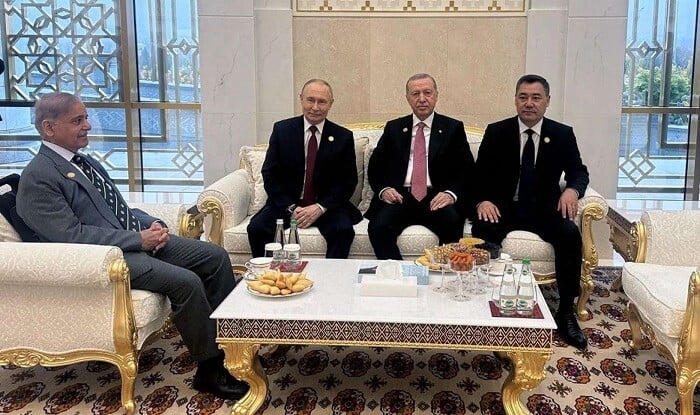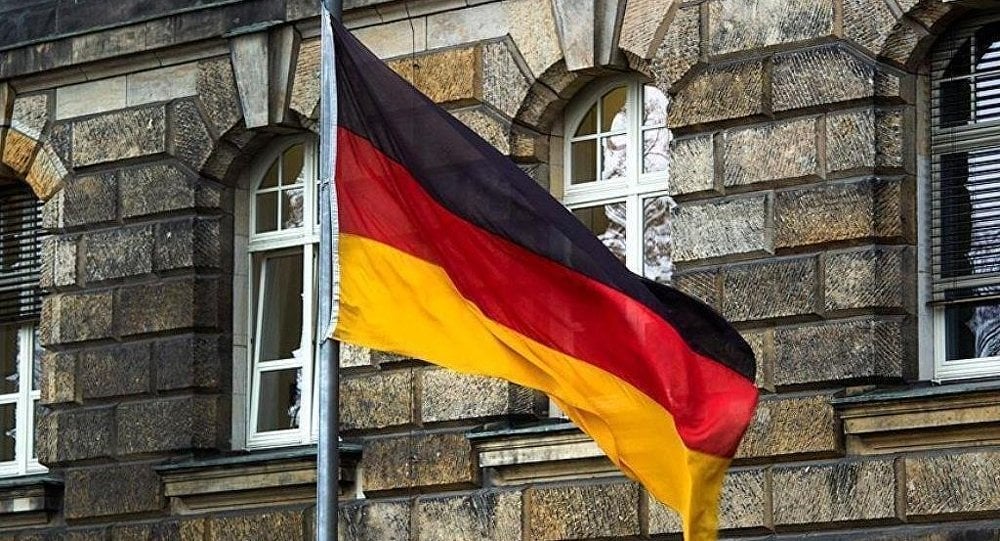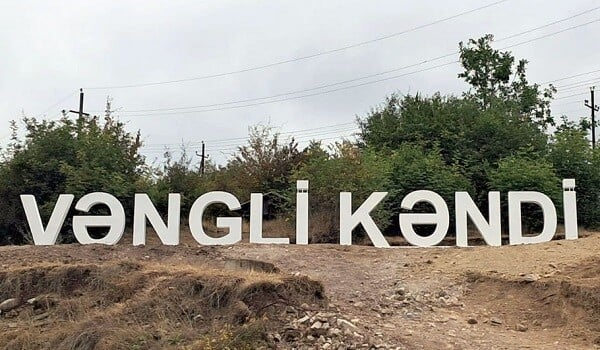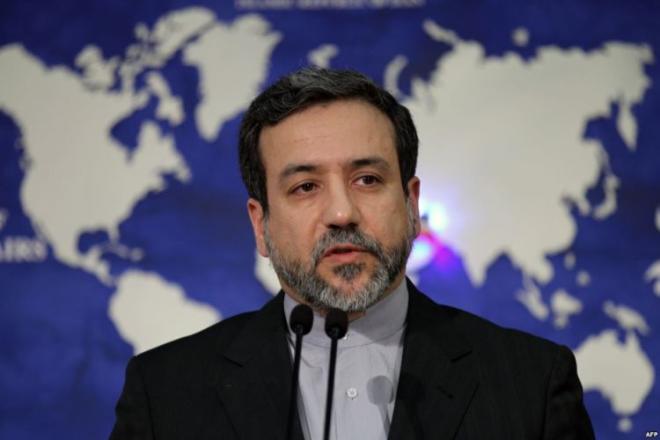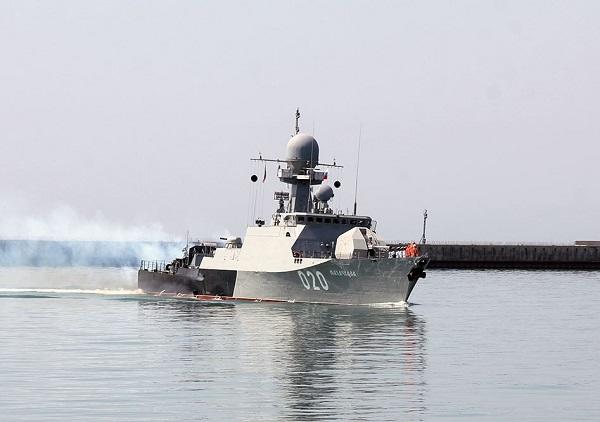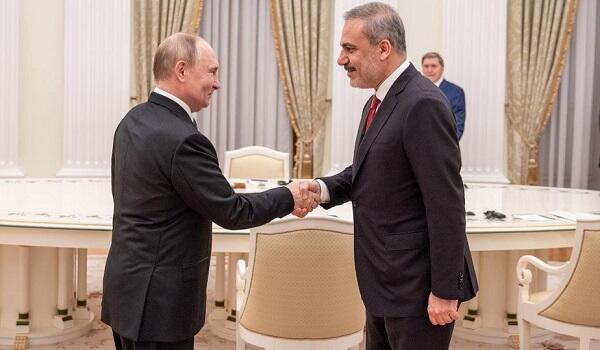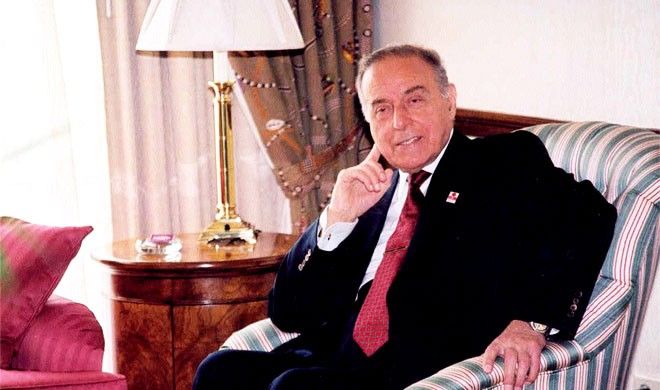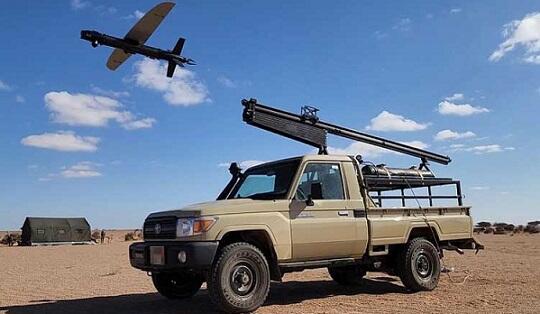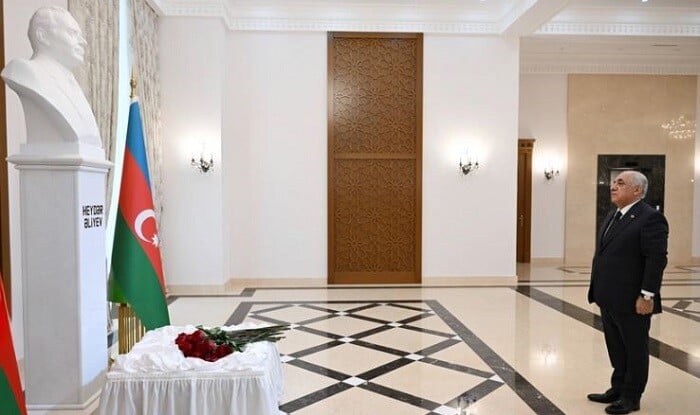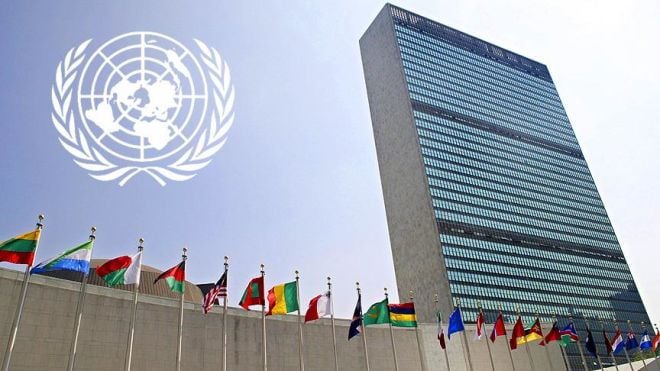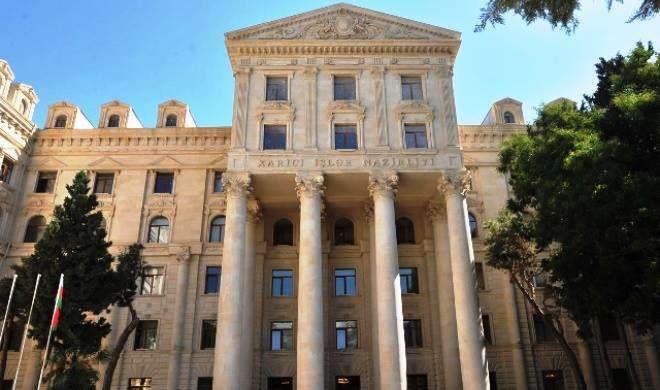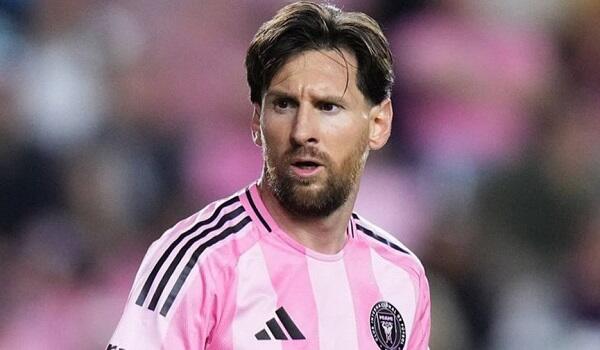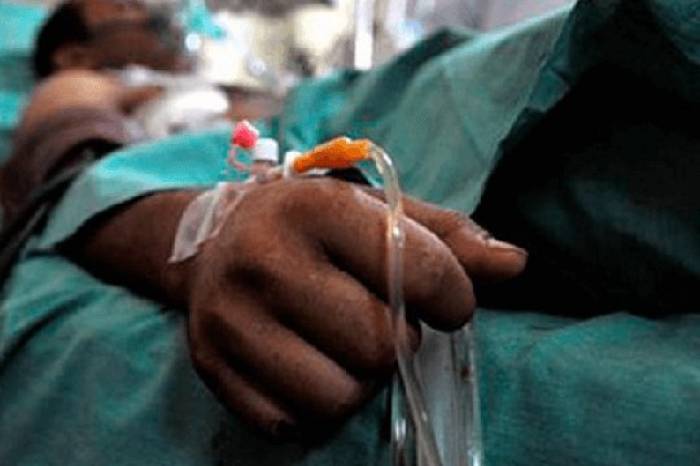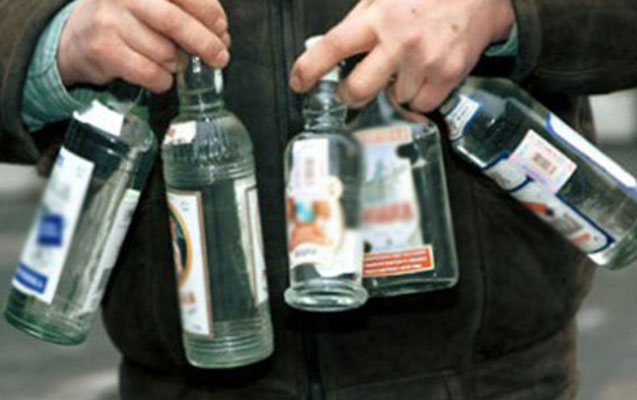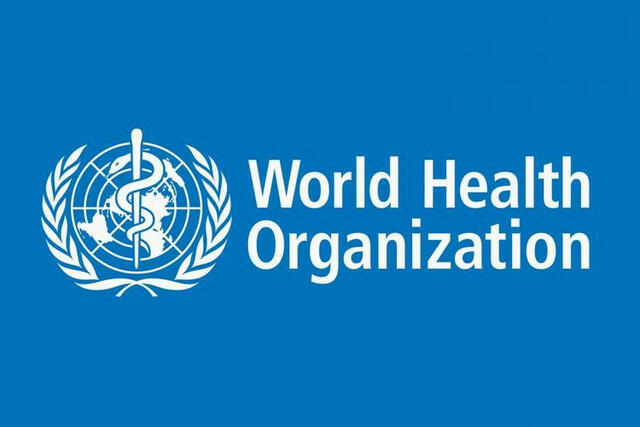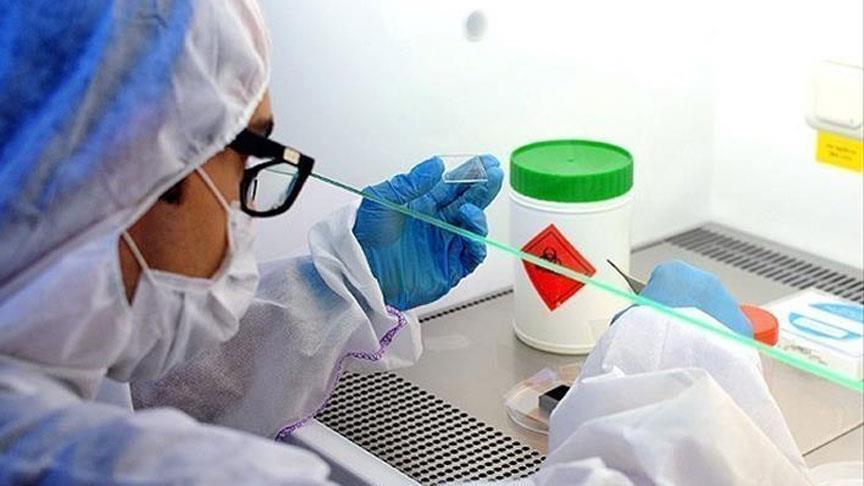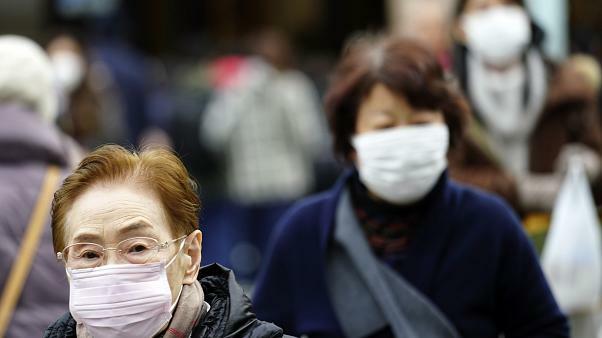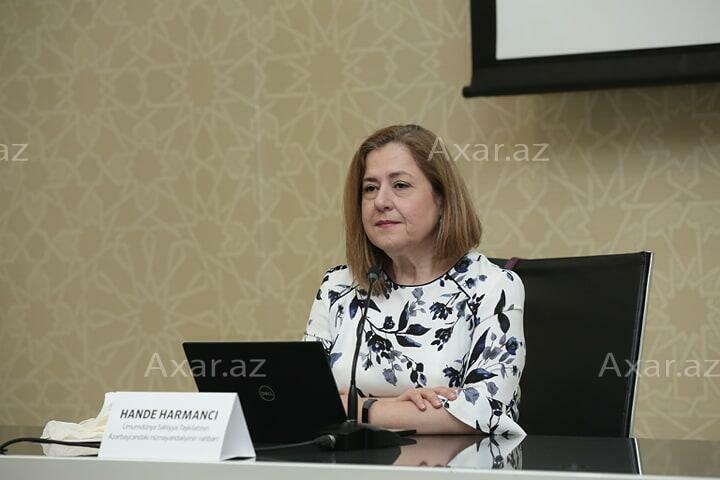Over the past decades, American-led investment in global HIV/AIDS programs — particularly through PEPFAR (the President’s Emergency Plan for AIDS Relief) — has saved millions of lives and drastically reduced AIDS-related deaths.
However, the recent and sudden withdrawal of U.S. funding, ordered by President Donald Trump in January 2025, has triggered what the United Nations describes as a “systemic shock.”
Axar.az, citing AP, reports that according to a new UNAIDS report, if this $4 billion funding gap is not filled, it could result in over 4 million additional AIDS-related deaths and 6 million new HIV infections by 2029.
The impact has already been severe: clinics have closed, staff have been laid off, supply chains disrupted, and HIV testing and prevention programs halted. UNAIDS also warned that other major donors may follow suit, further endangering decades of progress.
Experts emphasize the gravity of the situation.
Dr. Chris Beyrer from Duke University notes the loss of U.S.-funded HIV surveillance in Africa, calling it a critical blow to tracking and combating the disease.
Andrew Hill, an HIV expert, criticized the abrupt halt without warning, saying it left vulnerable patients stranded.
Doctors Without Borders’ Tom Ellman warned of a rapid rise in illness and deaths. Meanwhile, a potentially game-changing twice-a-year injection — Sunleca, approved by the FDA and proven 100% effective in preventing HIV — faces limited accessibility due to Gilead’s pricing.
While Gilead plans to sell generics in 120 low-income countries, nearly all of Latin America, where HIV is rising, is excluded. Activists call this a missed opportunity to end the epidemic.
